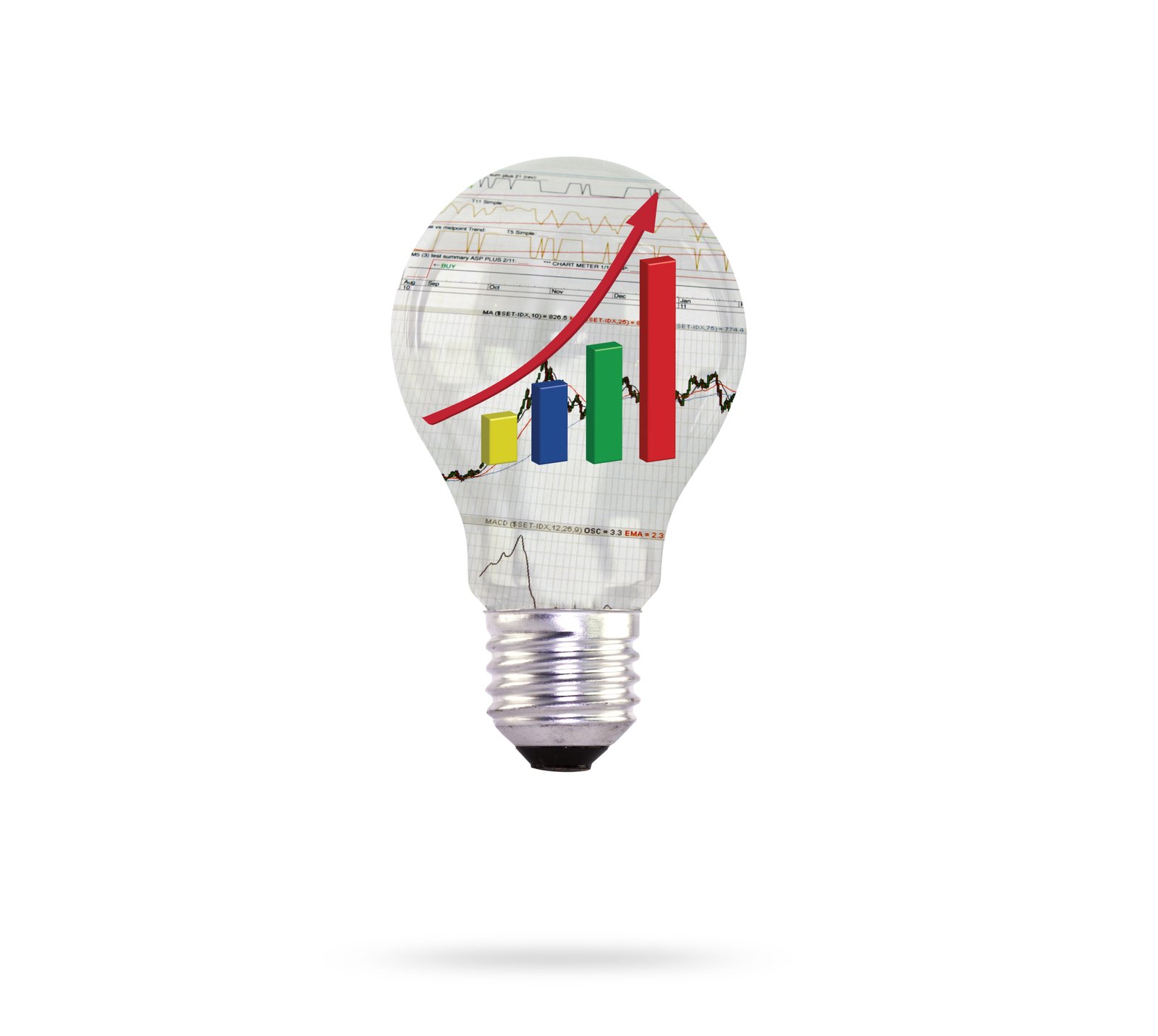How APY Translates Into Earnings
APY captures both the stated interest rate and the frequency of compounding—typically daily or monthly for CDs. Because of compounding, the earning potential is slightly higher than the nominal rate alone might suggest.
For example, a $1,000 deposit in a one-year CD paying 1.70% APY and compounding monthly would grow to approximately $1,017.13 at maturity, delivering $17.13 in interest.
If the same principal is placed in a one-year CD at 4% APY, the ending balance would reach about $1,040.74, producing $40.74 in interest. Larger deposits scale proportionately; a $10,000 commitment at 4% APY would return roughly $407.42 in interest over 12 months.
Why Shorter Terms Now Outpace Longer Ones
Historically, financial institutions paid higher yields on longer-term CDs to compensate depositors for limited liquidity. In the current environment, however, banks appear reluctant to lock in elevated rates for several years amid uncertainty over future interest-rate moves. As a result, six- to 18-month products are sometimes equal to—or higher than—three- to five-year alternatives.
Key CD Types and Their Features
Beyond the traditional fixed-rate CD, savers can choose from several specialized products. Each offers specific flexibilities that may suit different financial goals, though the APY may be slightly lower than the market’s peak.
- Bump-up CD: Allows the account holder to raise the rate once during the term if the institution’s advertised rate increases.
- No-penalty CD: Permits early withdrawal without a fee, typically after a short lock-in period.
- Jumbo CD: Requires a minimum deposit of $100,000 or more; the rate advantage over standard CDs is currently modest.
- Brokered CD: Purchased through a brokerage platform rather than directly from a bank. These can provide broader term options but may involve additional market risk and, in some cases, lack Federal Deposit Insurance Corporation (FDIC) coverage.
Investors weighing a brokered CD should confirm FDIC eligibility with the issuing institution. Detailed guidance on insurance limits is available directly from the FDIC, the federal agency that protects up to $250,000 per depositor, per insured bank.
Factors to Review Before Selecting a CD
While APY often drives the decision, depositors may want to evaluate additional elements:
- Minimum Deposit: Some CDs require only $500, while others demand significantly higher balances.
- Early-Withdrawal Penalties: Traditional CDs impose fees that can reduce or erase interest if funds are removed before maturity.
- Compounding Frequency: Daily compounding can slightly boost total earnings compared with monthly schedules.
- Automatic Renewal Policies: Many CDs roll into a new term unless the account holder provides specific instructions during a grace period.
Potential Earnings in the Current Rate Climate
At 4.1% APY, an individual depositing $25,000 into a 15-month CD could earn roughly $1,280 in interest by maturity, assuming monthly compounding and no early withdrawals. The precise return varies according to compounding schedules and institutional policies but serves as a benchmark for prospective savers comparing products.
Because CD rates can shift quickly, consumers may benefit from confirming real-time quotes and ensuring funds are available before initiating the account-opening process. Many banks provide a brief rate-lock window—often between seven and ten days—once an application is approved.
Although current yields are elevated relative to recent years, future Federal Reserve actions could alter the trajectory of deposit rates. Savers seeking to maximize returns without sacrificing flexibility might therefore consider a ladder strategy, splitting funds across multiple CDs with staggered maturities.
For now, the 4.1% APY headline rate represents one of the most competitive opportunities in the retail deposit market, particularly for those comfortable committing funds for up to 15 months.
Crédito da imagem: Original Source



